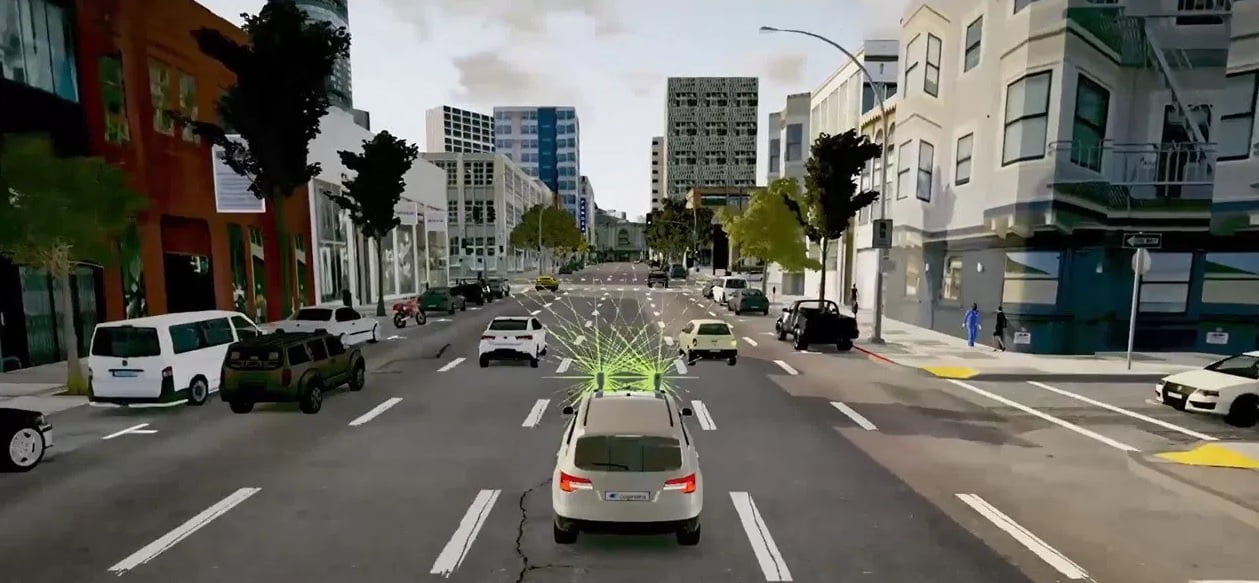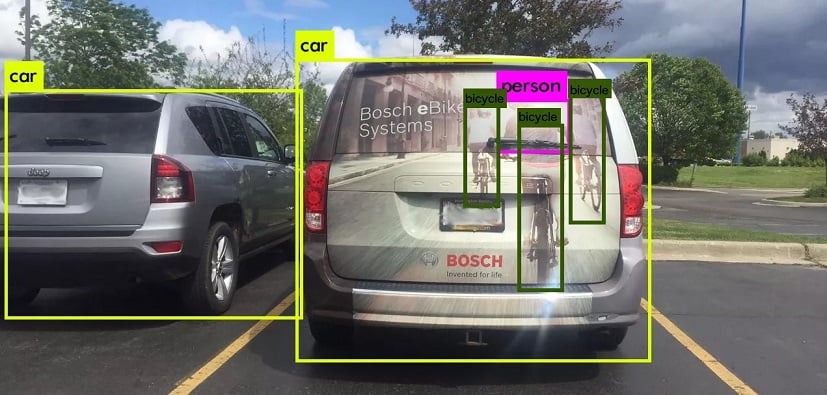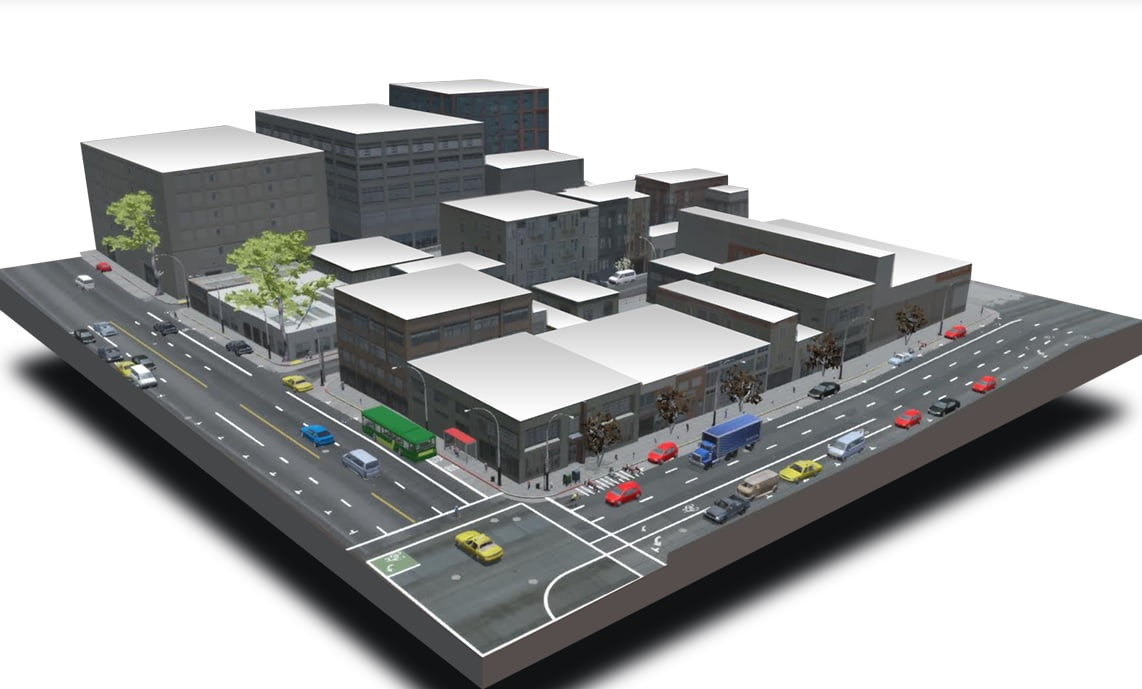Danny Atsmon, CEO of autonomous car startup Cognata, predicts that his grandchildren will never need a driver’s license.
Autonomous cars are set to disrupt the transportation industry – high-profile companies such as Google’s Waymo and Tesla are staking billions on it. While timeline predictions vary, a report from consultancy firm McKinsey estimates that up to 15 percent of new cars sold in 2030 could be fully autonomous, and up to 50 percent could be highly autonomous.
Yet, before these cars can be let loose on the roads, they must be trained to respond intelligently to environments with at least the same competency as humans. There’s no leeway for autonomous cars to get it wrong; incidents such as the recent Tesla autopilot malfunction have left people wary of putting their lives in the hands of machines.
Training cars to drive at the level that humans are capable of is no mean feat. According to think-tank The RAND Corporation, autonomous cars must drive 11 billion test miles before they can sense and respond to the environment as well as humans can. The reality is that despite the bravado of companies developing autonomous cars, no one has yet reached this number.
Israeli startup Cognata plans to speed up this process with its 3D simulator powered by deep-learning algorithms. The simulator trains autonomous car software through virtual driving instead of real-life driving, allowing the software to learn far more quickly.
SEE ALSO: Tel Aviv Among 10 First Cities To Incorporate Driverless Cars In Public Transit

With the current number of miles autonomous cars are being driven per year, it would take 600 years to bring them to human level competency. Courtesy
The real driving force
Autonomous cars are driverless vehicles controlled by a computer system. Sensor technologies on the vehicles collect data about the environment, which a computer then analyzes in order to adjust elements such as steering and speed.
The real driving force of autonomous cars, however, is artificial intelligence (AI). A branch of AI called deep learning allows cars to learn from data from previous scenarios. It’s impossible to program machines to have a pre-set response to every situation that could occur – using deep learning techniques, the cars are able to respond to new scenarios in a way that is similar to an intuitive human response.
Currently, leading autonomous driving companies are feeding the cars data by driving them in real life. It’s highly inefficient, according to Atsmon, who claims that with the current number of miles these autonomous cars are being driven per year, it would take 600 years to bring them to human level competency.
Cognata offers a 3D simulation of entire cities in which cars can virtually drive in order to train them more efficiently. Complete with roads, vehicles, pedestrians, and even weather, the simulator can be used to generate thousands of different scenarios from which the car can constantly learn.
SEE ALSO: Behind Israel’s Largest Exit: Why Intel Acquired Mobileye For $15.3 Billion
It’s no surprise that Cognata is at the frontier of autonomous vehicle technology: Atsmon has vast experience in computer vision and deep learning, and several successful ventures under his belt. In 2007, he founded computer vision startup Picitup, which identifies the content of smartphone images. His next venture, iOnRoad, used a smartphone camera to warn drivers if they are in danger. After selling iOnRoad to automobile technology company Harman in 2013 (the terms of the deal were not disclosed), Atsmon spent three years leading Harman’s advanced driver assistant team with over 30 engineers worldwide. This experience, he believes, gives Cognata an edge over its competitors.
“If you look at other startups in the simulation world, they’re recreating very small scenes, nothing close to what we have here,” Atsmon claims.
Sign up for our free weekly newsletter
SubscribeA three-tiered solution
Cognata’s simulator has three layers based on different deep-learning algorithms. The first is a static layer comprised of objects in the environment such as roads, trees, and lane markings. The second, dynamic layer adds elements such as other cars, pedestrians, weather, and time of day. Finally, the simulator has a sensing layer.
Cognata models around 40 sensors used in autonomous driving systems, mimicking how they would respond to the static and dynamic environment to generate data that the cars can process.
Advancing safety
The ability to test edge cases in a simulator rather than in real life is a significant step forward for the safety of autonomous cars.
People drive differently in every city – drivers in San Francisco have a different set of behaviors compare to drivers in Tel Aviv, Israel. This poses difficulties for autonomous cars, as they must be validated in the city in which they are going to be sold. In cities where you are not yet allowed to drive autonomous cars in real life, Cognata’s simulator will play a vital role. “We are bridging a huge gap,” Atsmon tells NoCamels.
A new transportation era
Founded in 2016 by Atsmon, Cognata has 20 employees and has raised $5 million from venture capital firms Emerge, Maniv Mobility, and Airbus Ventures.
Cognata is only one company in the growing Israeli AutoTech industry, which is led by Mobileye (recently acquired by Intel for $15 billion). The company has developed technology that allows autonomous cars to better sense, respond to, and learn from the environment.
The autonomous car movement could cause a complete paradigm shift in the way we view transportation. Ride-sharing, increased efficiency of parking, and the ability to work in the car are just a few of the changes we are likely to see. At this rate, it may not be long before we can put away our driver’s licenses and let a computer take the wheel.
Photos and video: Courtesy
Related posts

Editors’ & Readers’ Choice: 10 Favorite NoCamels Articles

Forward Facing: What Does The Future Hold For Israeli High-Tech?

Impact Innovation: Israeli Startups That Could Shape Our Future





Facebook comments